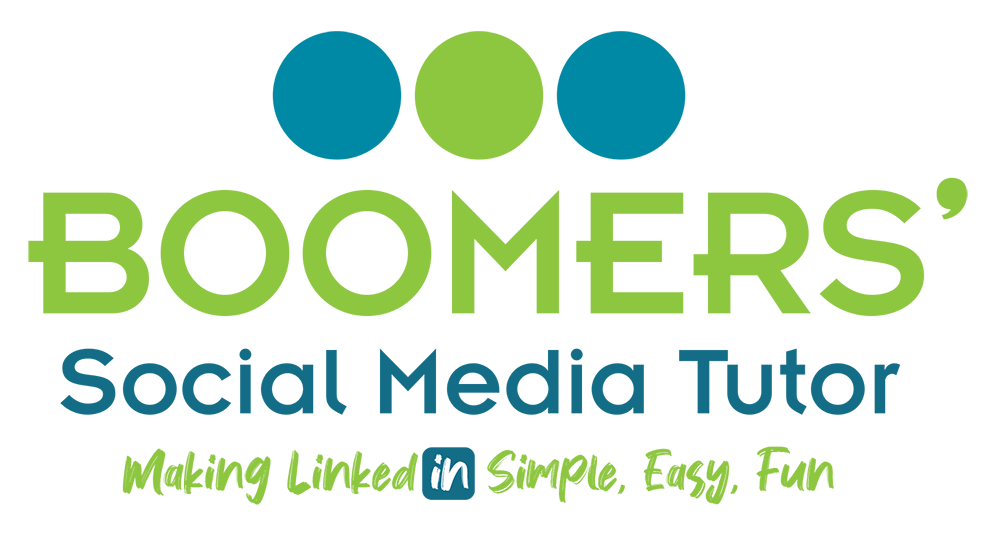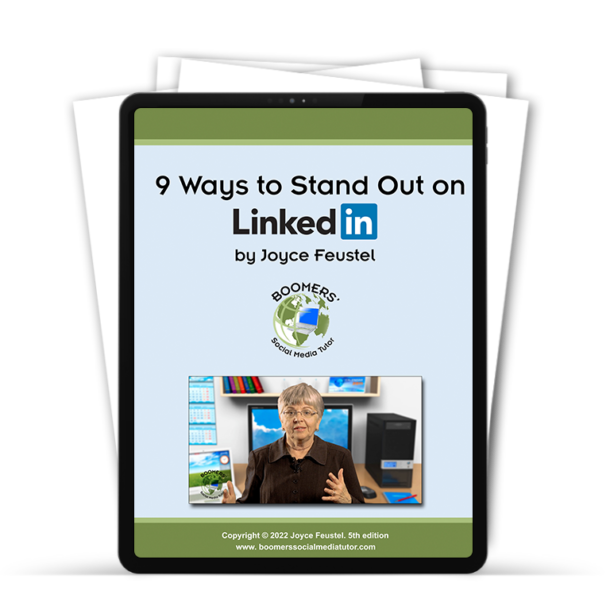Pinterest offers a variety of useful options for reaching current and potential customers.
Although it’s more of a bookmarking site than a typical social media site, over time Pinterest has added news and messages features to make it more like Facebook and Twitter, allowing more and different types of interactions.
For those of you not familiar with this growing site, it’s helpful to think of it as an electronic version of the bulletin boards where people tack (pin) things they want to remember.
Knowing that makes their terminology easy to understand:
- Pins: bookmarks to bring you back to an image you found anywhere on the web (especially on Pinterest).
- Boards: collections of pins sorted by you by theme or topic – you can organize these in any way you like.
- News Feed: where the pins posted by the people (or boards) you are following show up on your page.
- Re-pinning: when you pin something to one or more of your Pinterest boards. You might have found this on someone else’s board or somewhere else in cyberspace
Once you have a Pinterest account, you create as many boards as you wish and on any topic that interests you. You can find boards filled with images of sunsets or cloud formations, photos of beautiful places all over the world, collections of comics, infographics, and just about any other topic you can imagine.
As a Pinterest user, you have the option to follow all of another Pinterest user’s boards or just a select few of their boards that overlap with your interests – either personal and/or professional.
Tips for Using Pinterest for Business
- You don’t need a personal account to create a business account. However, it’s important to brand your business account with your business name instead of your personal name – doing so increases your company’s overall visibility on Pinterest and elsewhere on the web.
- Business accounts provide analytics to track the impact you are having.
- Remember to use easy-to-search-for key words when you name your boards.
- Take the time to describe your boards and the individual pins on them carefully, using key words that relate to your business.
- Regularly search for key words in your industry to see what kinds of pins your competitors, power partners, suppliers, and/or customers are posting.
- Find others in your industry who have outstanding boards and re-pin items you think would interest your own followers. The name of the original creator or pinner will follow the board, so be careful not to re-pin things from competitors or you could be sending your potential clients to someone else’s business.
- Create your own pins, making sure each one has an eye-catching photo, graphic, infographic, or video.
- As with all social media sites, avoid being too promotional, but do let people know about your products, special offers, etc.
- Be sure to have a have a Pinterest “follow me” link on your website or blog so people know you have a presence there and are more likely to check it out and then follow you.
- Put a “Pin it” button on your website or blog to make it easy for people to pin your information to their boards.
Some Helpful Pinterest Resources
- http://help.pinterest.com/en/guide/all-about-pinterest
- https://business.pinterest.com/en/set-your-business-account https://business.pinterest.com/en/brand-guidelines
- https://business.pinterest.com/en/business-terms-service
How About You?
How do you use Pinterest? If you use it for business, what have you learned that you can share to help others? What questions are plaguing you?
About Joyce
Joyce Feustel helps people, especially those age 50 and up, to become more effective using social media, especially Facebook, LinkedIn, Pinterest, and Twitter.
She works with business owners, nonprofit organizations, retired people, consultants, and many others. Find her at www.boomerssocialmediatutor.com.
*****
Due to my vacation to Australia from October 15-29, I will be taking a break from my weekly blogging. Watch for my next blog post to appear the first week of November.

![pinterest-pinboard[1]](https://boomerssocialmediatutor.com/wp-content/uploads/2014/10/pinterest-pinboard1-150x150.jpg)


Leave A Comment